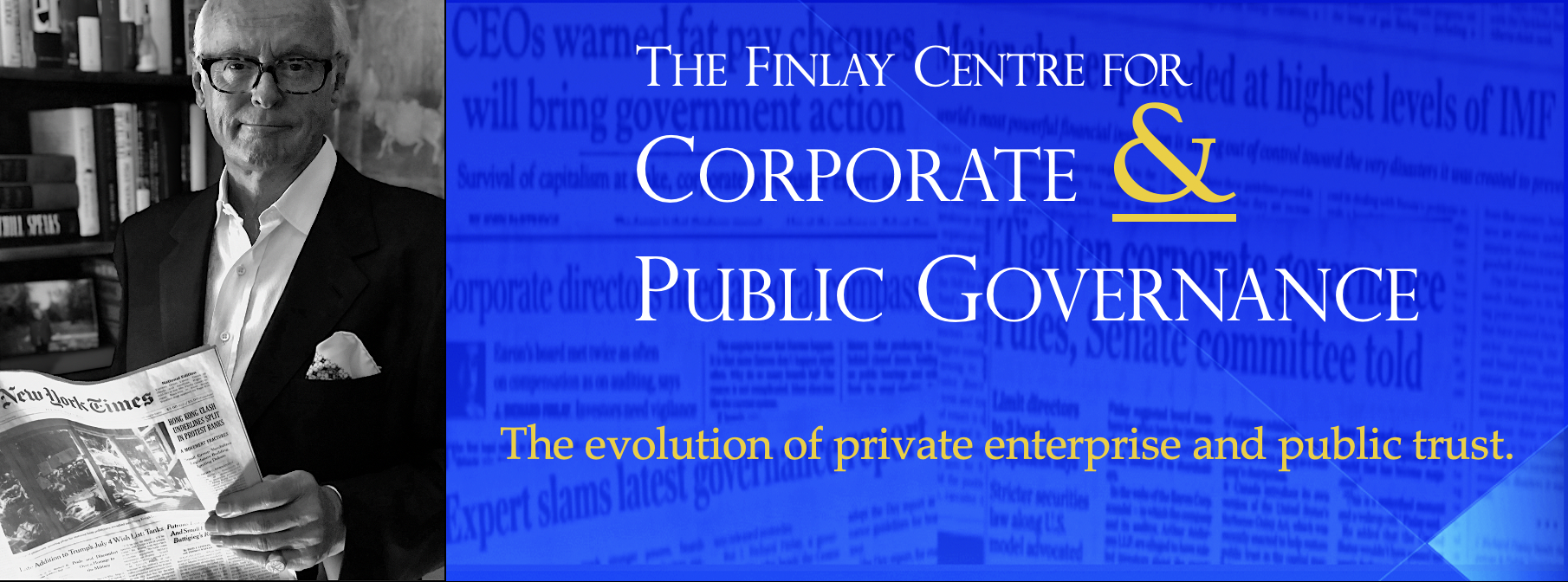
A funny thing happened at its annual meeting. Nothing really happened. Not that there wasn’t plenty of reason for change. This icon of American —and, increasingly, global— retailing known the world over has experienced a dramatic meltdown in its reputation in the past year and more. Its sales growth is faltering. Two pages of its annual report are devoted to dozens of litigation issues where the company is being sued. That’s two pages of very small print. A new scandal recently surfaced which sees explosive charges being hurled by Julie Roehm, a former Wal-Mart executive, at CEO Lee Scott. A former vice chairman was convicted of embezzlement. A few months ago, another former employee alleged he was tasked with bugging directors at board meetings when management was out of the room. The board’s failure to commence an independent investigation over the charges at that time, combined with its continuing acquiescence in an outmoded and family dominated corporate governance structure prompted us to ask “Does Wal-Mart Have a Board?” By all appearances, the most difficult job Wal-Mart directors do is lifting the rubber stamp that management regularly supplies them.
At the annual meeting, every shareholder proposal to improve governance, transparency and accountability was handily voted down at board urging. Company directors don’t believe shareholders are entitled to fuller information about Wal-Mart’s corporate donations, for instance. Even a very tame proposal to let shareholders express a non-binding sentiment on executive compensation was too much to accept. There is no indication at all of changes in the works to reduce insiders’ influence or to hold more board meetings than the four formally held last year. (Telephone meetings, which the board occasionally also holds, are no substitute for working sessions where directors actually attend in person and can look management in the eye). The company doesn’t even bother to go through the ceremony of appointing a lead independent director in light of the fact that the board’s chair is an insider. Every credible corporate governance study in the past dozen years has recommended that step be taken in situations where the company refuses to have an independent director chair the board. Wal-Mart still clings to the outmoded concept of having an executive committee, dominated by management and insiders. Hollinger International, whose executives are currently standing trial in federal court in Chicago, also had an executive committee and a governance structure that saw power concentrated in a select few hands. It didn’t end very well for that company.
Corporate icons that once dominated their market with a combination of arrogance and bullying and the unthinking expectation of continuing success litter the landscape of business history. It takes a lot more than deciding to reduce the number of new store openings to avoid that same fate in the face of so many challenges, missteps and scandals. It takes a board of independent minds to understand the importance of guarding against complacency and allowing a single vision to dominate to the point of atrophy.
With all its scandals, government confrontations and litigation, Wal-Mart’s boardroom still operates like it is a family run company when, in fact, it has become an institution of millions of investors with enormous financial, environmental and ethical impact upon the communities and societies where it operates. Oblivious to the accountability demands that accompany great power, it remains, like so many before it which have stumbled from the heights of success, an organization unconscious of the mounting discontent of its stakeholders, which makes the failures of Wal-Mart’s still slumbering board to deal adequately with the issues that arose at its annual meeting and elsewhere, the Outrage of the Week.
